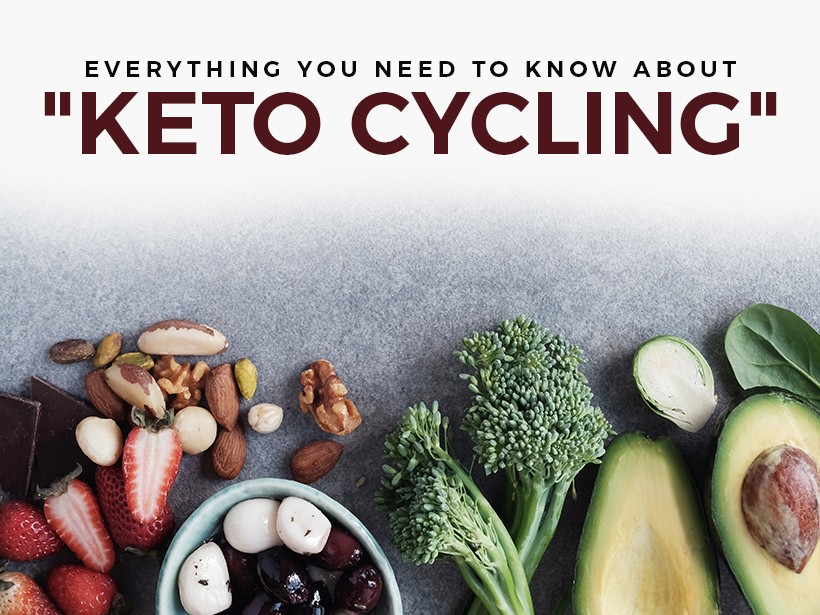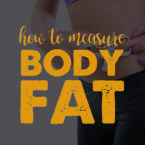Have you been considering trying out the ketogenic diet but aren’t sure you’re ready to totally ditch the bagels and bread? Meet keto cycling, the new dietary trend that claims to make making the low-carb switch easier. But what exactly is “keto cycling…” and should you give it a try? Read on to learn everything that you need to know about this new movement in the low-carb community and decide whether or not it’s right for your journey.
What is “keto cycling?”
“Keto cycling” is a dietary approach that lessens the severity of carbohydrate restriction when beginning the keto diet. While there is no exact definition of keto cycling, the majority of adherents follow a low-carb (less than 20 grams of carbs per day) diet for five or six days, then enjoy a cheat day or weekend in which the dieter can indulge in their starchy favorites.1
Think of it this way—if going full-keto is like diving headfirst into the pool, keto cycling is like dipping your arm in just a little bit to test the waters before making the big leap.
The pros of keto cycling
The proponents of keto cycling claim that the diet makes going low-carb easier for the masses. After all, in a culture that saturates nearly all of its food with added sugars, breaking out of the cycle can be extremely taxing for most people. While the ketogenic diet has been shown to produce very dramatic results in relatively short periods of time, the truth is that the majority of the population will quickly become frustrated by such a strict diet and may even give up before they reach their potential or lose the weight. Offering one or two cheat days a week can make the transition easier, as well as improve the chances of a successful transition into the full ketogenic diet.
The drawbacks
The ketogenic diet works because it forces the body into a state of “ketosis” in which the metabolism switches from carbs to fat as the main source of energy. Though there is little research on keto cycling, opponents of the practice claim that introducing too many cheat days will prevent or lessen the production of ketones, which help convert stored fat to energy. Many also argue that because small amounts of carbohydrates are being regularly introduced, symptoms of the keto flu can become more frequent, as the body has to re-adjust to the ketogenic diet on a weekly basis. This also means less drastic results, which can frustrate those looking for a quick way to shed excess weight or who are losing weight for an upcoming surgery or special event.
So, should you try keto cycling? The answer is: it depends. If you believe that the transition to a low-carb diet may be too drastic for you, keto cycling can be a good way to get started losing weight. However, if you’re looking for the most effective method of getting into ketosis, the consistent cutting of carbs will be your best bet for success.
NUTRITIONAL DISCLAIMER
The content on this website should not be taken as medical advice and you should ALWAYS consult with your doctor before starting any diet or exercise program. We provide nutritional data for our recipes as a courtesy to our readers. We use Total Keto Diet app software to calculate the nutrition and we remove fiber and sugar alcohols, like erythritol, from the total carbohydrate count to get to the net carb count, as they do not affect your blood glucose levels. You should independently calculate nutritional information on your own and not rely on our data. The website or content herein is not intended to cure, prevent, diagnose or treat any disease. This website shall not be liable for adverse reactions or any other outcome resulting from the use of recipes or recommendations on the Website or actions you take as a result. Any action you take is strictly at your own risk.
- Keto Drives Increased Calorie Burn - July 11, 2019
- New High-Protein, Low-Sugar Greek Yogurt Hits Market - April 1, 2019
- Can Going Low-Carb Fight Back Fat? - December 4, 2018































